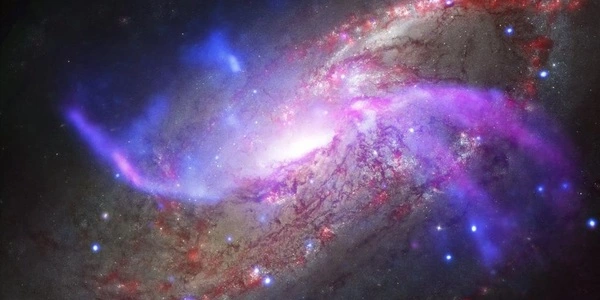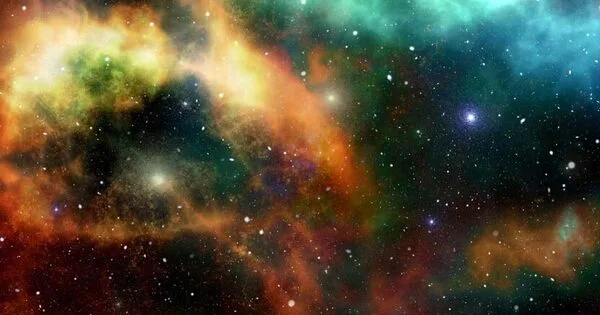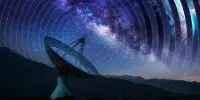A worldwide team of astronomers utilized a database that combined images from the world’s top telescopes, including the Subaru Telescope, to detect the signal from active supermassive black holes in dying galaxies in the early Universe. The appearance of these active supermassive black holes correlates with changes in the host galaxy, implying that a black hole could have far-reaching consequences on the evolution of its home galaxy.
The Milky Way Galaxy, in which we dwell, contains stars of all ages, including stars that are still forming. However, in other galaxies, known as elliptical galaxies, all of the stars are old and around the same age. This suggests that elliptical galaxies experienced a period of abundant star creation early in their histories, which abruptly ceased. It is unclear why star creation stopped in certain galaxies but not others. One theory is that a supermassive black hole disrupts the gas in some galaxies, creating an unfavourable environment for star formation.
Astronomers examine faraway galaxies to test this theory. Light takes time to travel across the void of space due to the finite speed of light. The light we perceive from an object 10 billion light-years away has to travel for 10 billion years to reach Earth. Thus, the light we see today reveals us what the galaxy looked like when the light left it 10 billion years ago. So staring at faraway galaxies is like looking back in time. However, the intervening distance makes distant galaxies appear fainter, making investigation more difficult.
These findings indicate that a sudden cessation of star formation in the early Universe correlates with increasing supermassive black hole activity. More investigation is required to determine the specifics of the relationship.
To overcome these challenges, an international team lead by Kei Ito of SOKENDAI in Japan used the Cosmic Evolution Survey (COSMOS) to collect data from galaxies 9.5-12.5 billion light-years away. COSMOS brings together data from world-class telescopes such as the Atacama Large Millimeter/submillimeter Array (ALMA) and the Subaru Telescope. COSMOS contains data from radio waves, infrared light, visible light, and x-rays.
The majority of black holes form from the remains of a massive star that dies in a supernova explosion. (Smaller stars become dense neutron stars, which are not big enough to confine light.) If the entire mass of the star is huge enough (approximately three times the mass of the Sun), it can be theoretically shown that no force can protect the star from collapsing under the effect of gravity. However, something unexpected happens when the star crashes. As the star’s surface approaches an imaginary surface known as the “event horizon,” time on the star slows compared to time maintained by observers far away. When the surface reaches the event horizon, time stands still, and the star can collapse no more – it is a frozen collapsing object.

The scientists first utilized optical and infrared data to separate galaxies into two groups: those that are still forming stars and those that have ceased. The signal-to-noise ratio of the x-ray and radio wave data was insufficient to distinguish individual galaxies. As a result, the scientists blended data from different galaxies to create images with a higher signal-to-noise ratio of “average” galaxies.
The team confirmed x-ray and radio emissions for galaxies without star formation in the averaged images. This is the first time such radiation from faraway galaxies more than 10 billion light-years away has been detected. Furthermore, the results show that the x-ray and radio emissions are too strong to be explained by the stars in the galaxy alone, indicating the presence of an active supermassive black hole. This black hole activity signal is weaker for galaxies where star formation is ongoing.
These findings indicate that a sudden cessation of star formation in the early Universe correlates with increasing supermassive black hole activity. More investigation is required to determine the specifics of the relationship.
Astronomers have long assumed that no mid-sized black holes exist. Recent evidence from Chandra, XMM-Newton, and Hubble, on the other hand, strengthens the case for the existence of mid-sized black holes. A chain reaction of collisions of stars in compact star clusters culminates in the development of extremely massive stars, which eventually collapse to generate intermediate-mass black holes, according to one probable scenario for the formation of supermassive black holes. The star clusters subsequently fall to the galaxy’s center, where the intermediate-mass black holes unite to produce a supermassive black hole.
















